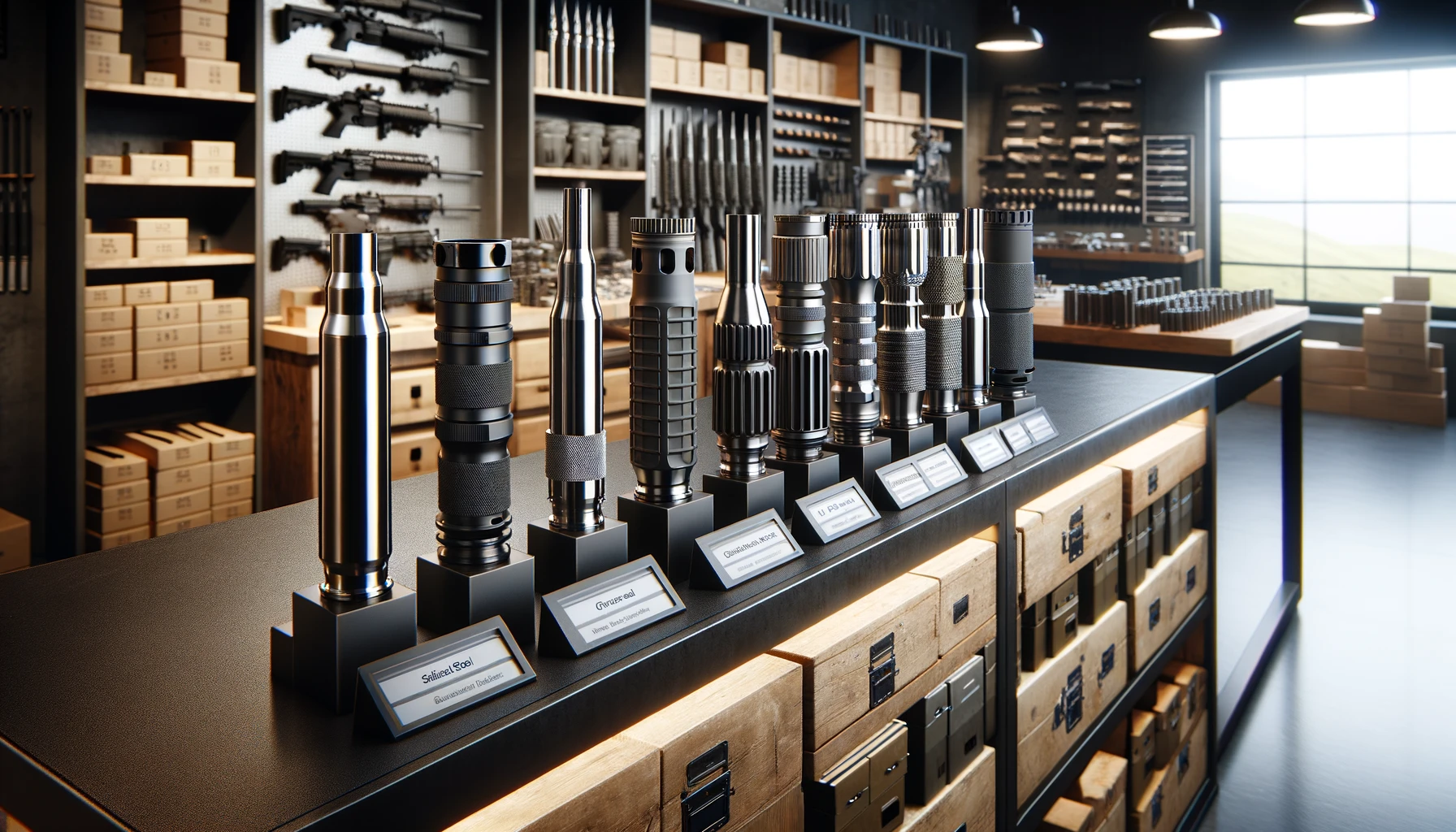Choosing the Best Barrel for Precision Shooting

Understanding the Importance of AR-15 Barrels for Precision Shooting
When aiming for precision shooting, the barrel of your AR-15 is a critical component. The right barrel can significantly impact accuracy, consistency, and overall performance. As a shooter seeking precision, understanding the attributes that make a barrel ideal for your specific needs is essential. This guide will explore the best AR-15 barrels available, focusing on features that maximize performance.
Material and Construction: Key Factors in Barrel Performance
The material and construction of a barrel play a crucial role in its performance. Chrome-moly steel and stainless steel are two popular materials used in high-quality AR-15 barrels. Chrome-moly steel barrels offer durability and resistance to wear, making them suitable for extended use. On the other hand, stainless steel barrels are known for their superior accuracy and corrosion resistance. These attributes make stainless steel a preferred choice for precision shooters who demand consistent performance.
Barrel Length: Finding the Optimal Size for Accuracy
Barrel length is another critical factor that affects the accuracy and performance of your AR-15. Longer barrels, typically 20 inches or more, provide higher muzzle velocity and improved accuracy at longer distances. This length is ideal for precision shooting competitions and long-range engagements. Conversely, shorter barrels, around 16 inches, offer better maneuverability and are suitable for close-quarters scenarios. Choosing the right barrel length depends on your specific shooting needs and preferences.
Rifling and Twist Rate: Enhancing Bullet Stability
Rifling and twist rate are essential features that influence a barrel’s performance. The twist rate refers to the number of inches a bullet travels before completing one full rotation. A common twist rate for AR-15 barrels is 1:8, which provides a good balance for stabilizing various bullet weights. However, a 1:7 twist rate is better suited for heavier bullets, while a 1:9 twist rate is ideal for lighter bullets. Understanding the appropriate twist rate for your ammunition ensures better bullet stability and accuracy.
Barrel Profiles: Balancing Weight and Performance
The profile of an AR-15 barrel affects both the weight and handling of the rifle. Heavy barrel profiles provide better heat dissipation and reduced barrel whip, enhancing accuracy during prolonged shooting sessions. However, they add extra weight, which can affect maneuverability. Lightweight or pencil barrels offer better handling and are suitable for dynamic shooting environments but may compromise some accuracy during sustained fire. Selecting the right barrel profile involves balancing weight considerations with performance needs.
Conclusion: Choosing the Best Barrel for Precision Shooting
Selecting the best AR-15 barrel for precision shooting involves understanding the interplay of material, construction, length, twist rate, and profile. Chrome-moly and stainless steel barrels offer different advantages, with stainless steel being preferred for its accuracy. Longer barrels provide better long-range accuracy, while twist rates must match your ammunition for optimal bullet stability. Finally, choosing the right barrel profile balances weight and performance, ensuring your AR-15 meets your precision shooting requirements. By focusing on these critical factors, you can enhance your AR-15’s performance, achieving greater accuracy and consistency in every shot.
